24/07/15
Frogs under the spotlight to prevent extinction

A red-eyed tree frog, which is found in Central America and northern South America. Researchers at the Horniman Museum in the United Kingdom study these non-endangered frogs to learn about more vulnerable species from the same family, such as black-eyed tree frogs.
Lou Del Bello
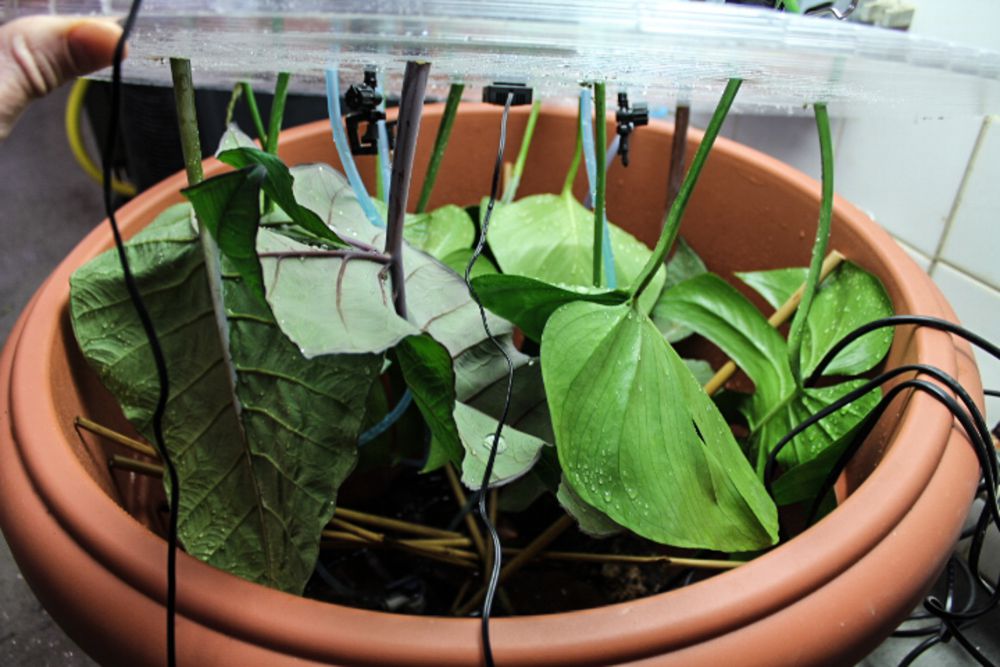


Researchers temporarily transfer fertile frogs to this ‘rain chamber’ to encourage them to mate. They keep the chamber dry, while monitoring weather forecasts. There is evidence that the frogs sense the atmospheric pressure changes outside the lab associated with weather patterns. In the wild, these frogs mate when it rains
Lou Del Bello
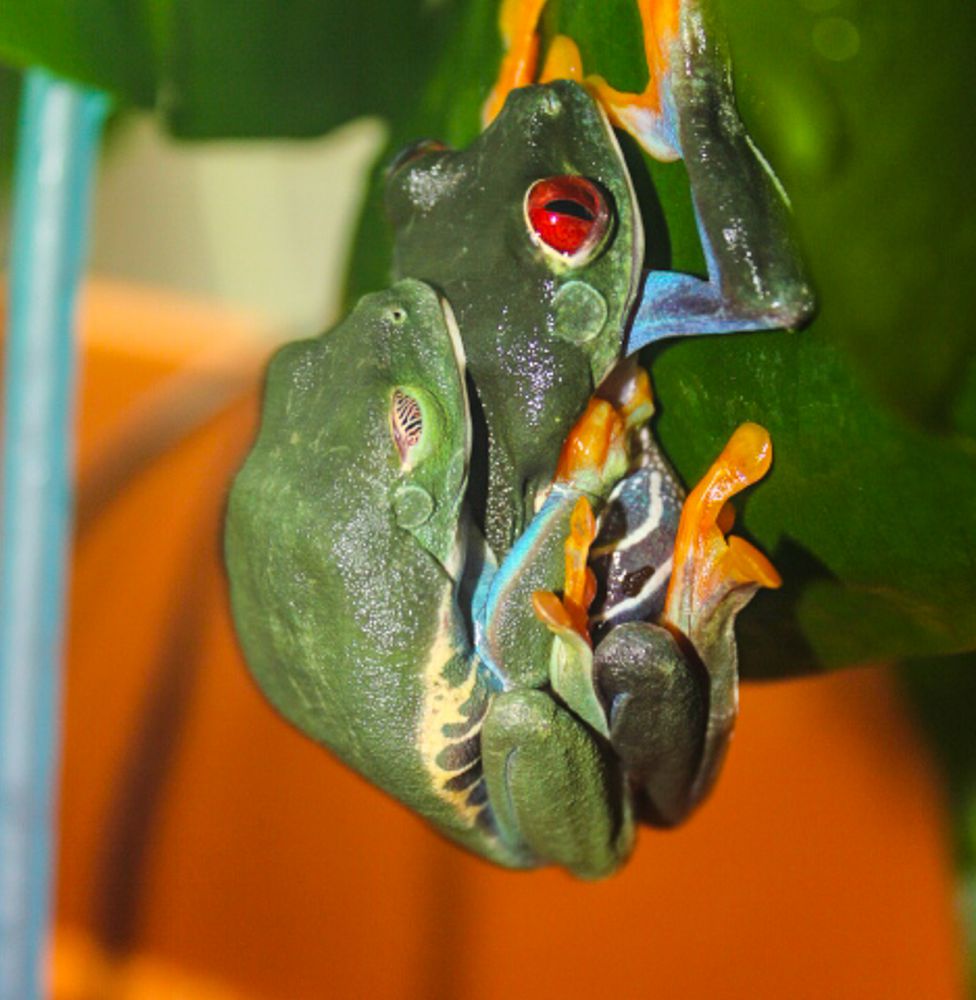


When the atmospheric pressure falls, indicating the arrival of a storm system over the area, researchers turn on sprinklers to simulate a rain shower. They also play recordings of male frog croaks to get the animals ‘in the right mood’
Lou Del Bello
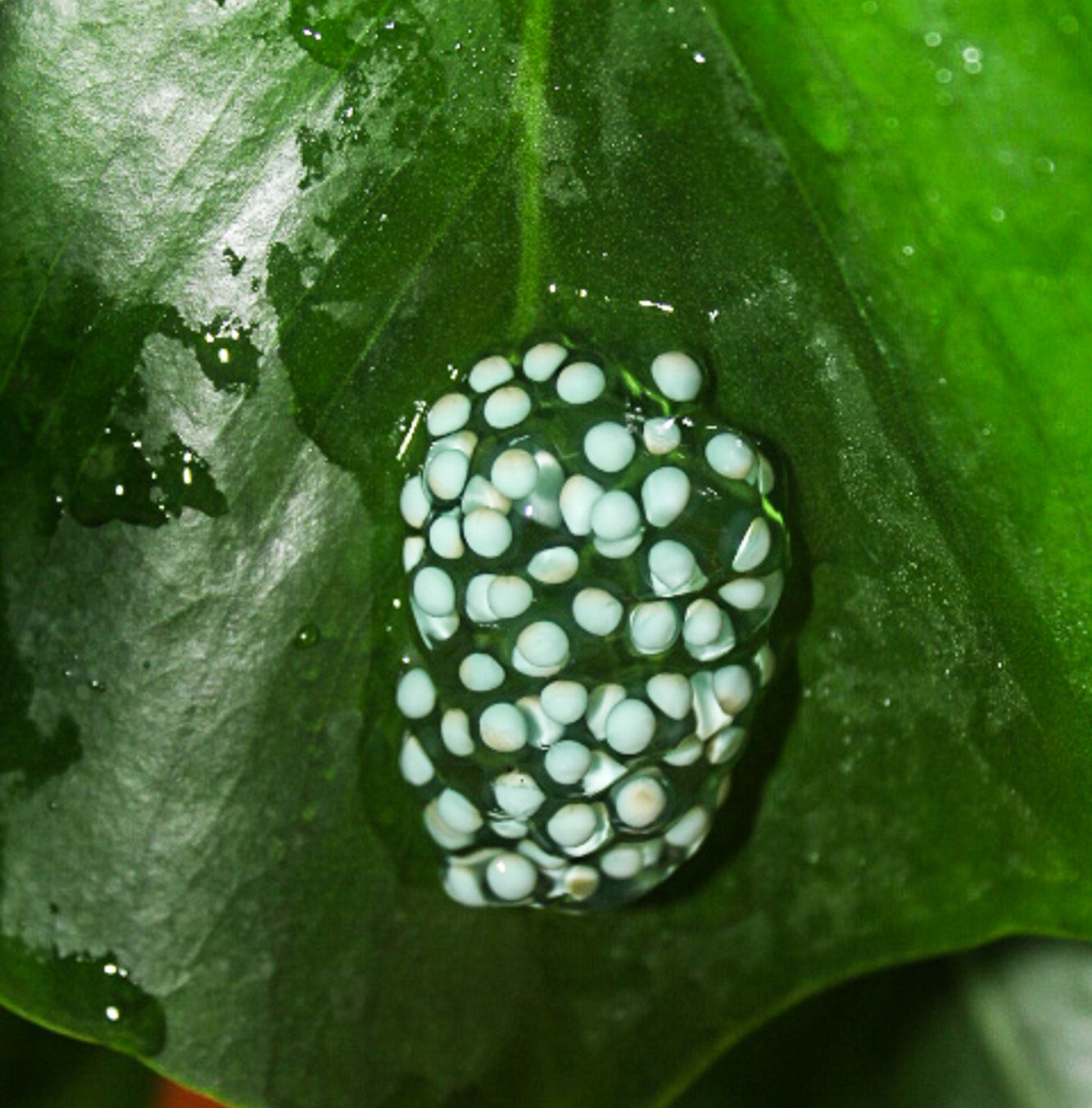


A clutch of eggs laid by a red-eyed tree frog. After the female has laid the eggs, the male fertilises them. Each white nucleus will become a tadpole and eventually a froglet
Lou Del Bello
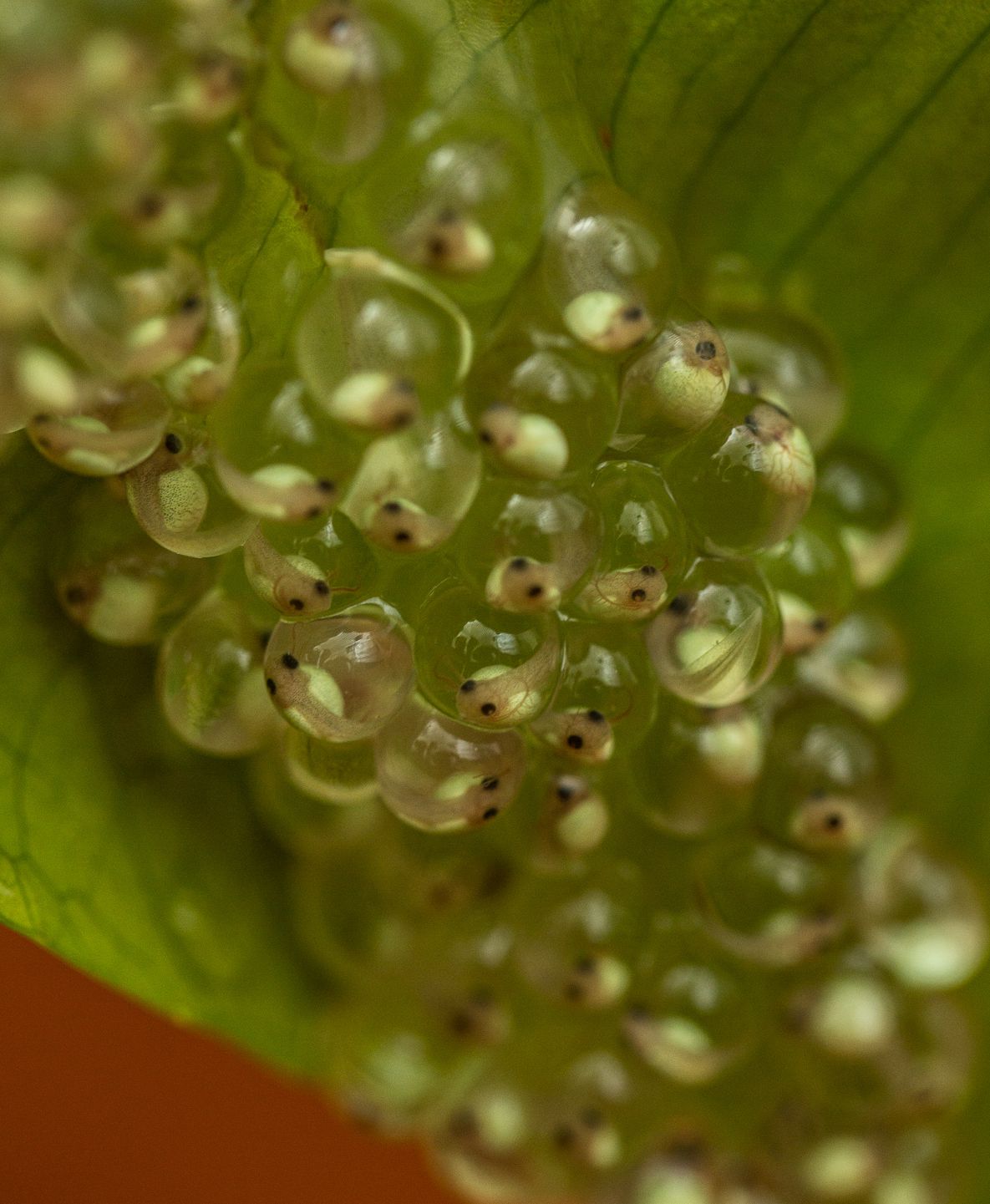


The tadpoles are now visible but still at an early stage of development. Researchers try to recreate the perfect conditions for the tadpoles to survive this delicate phase and grow into healthy froglets
Lou Del Bello
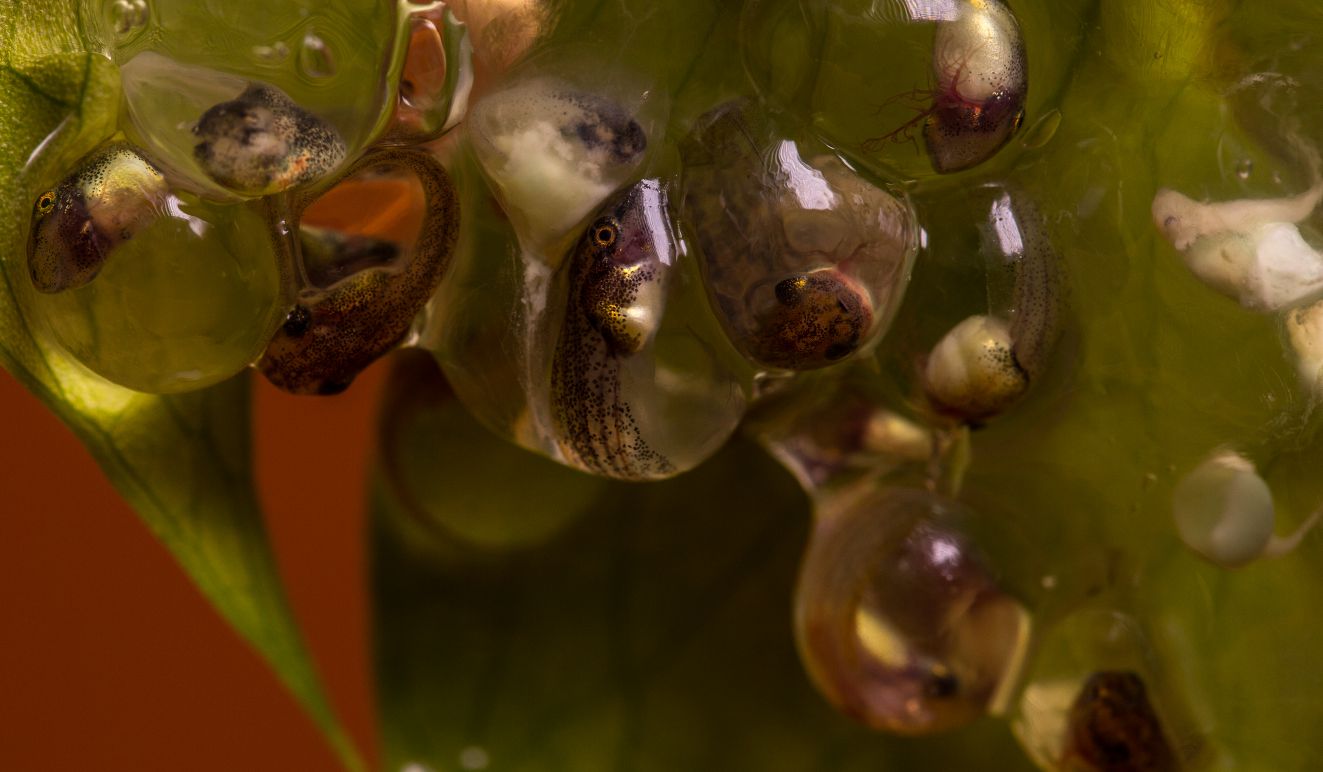


These eggs are ready to hatch. To aid the process, researchers gently stroke the clutch with a finger. The tadpoles register the pressure as a threat from a predator, such as a snake, and quickly drop into the water beneath the leaf
Lou Del Bello
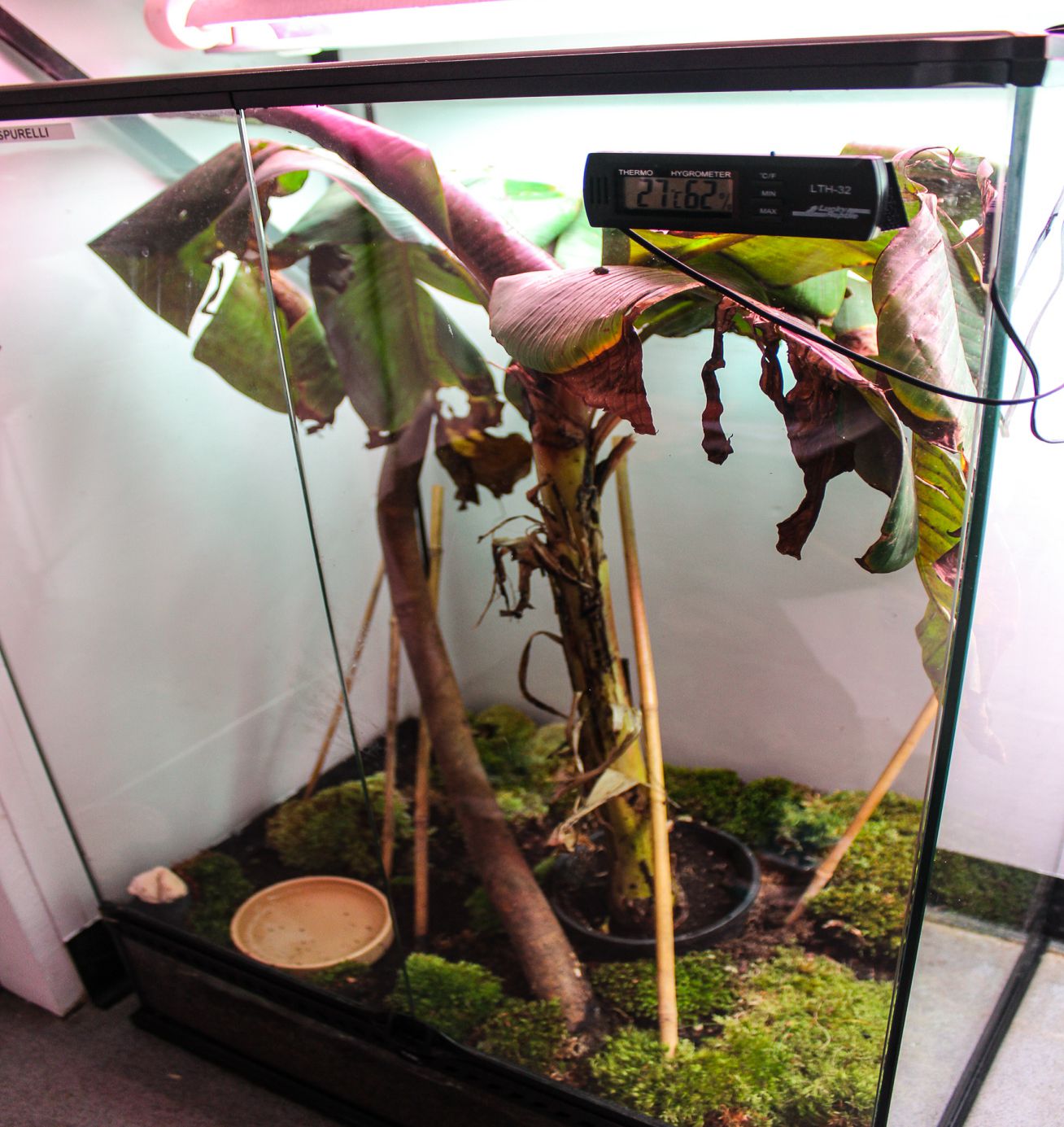


Adult frogs and froglets live in this main tank. Temperature and light levels are regulated to simulate the optimal natural conditions.
Lou Del Bello
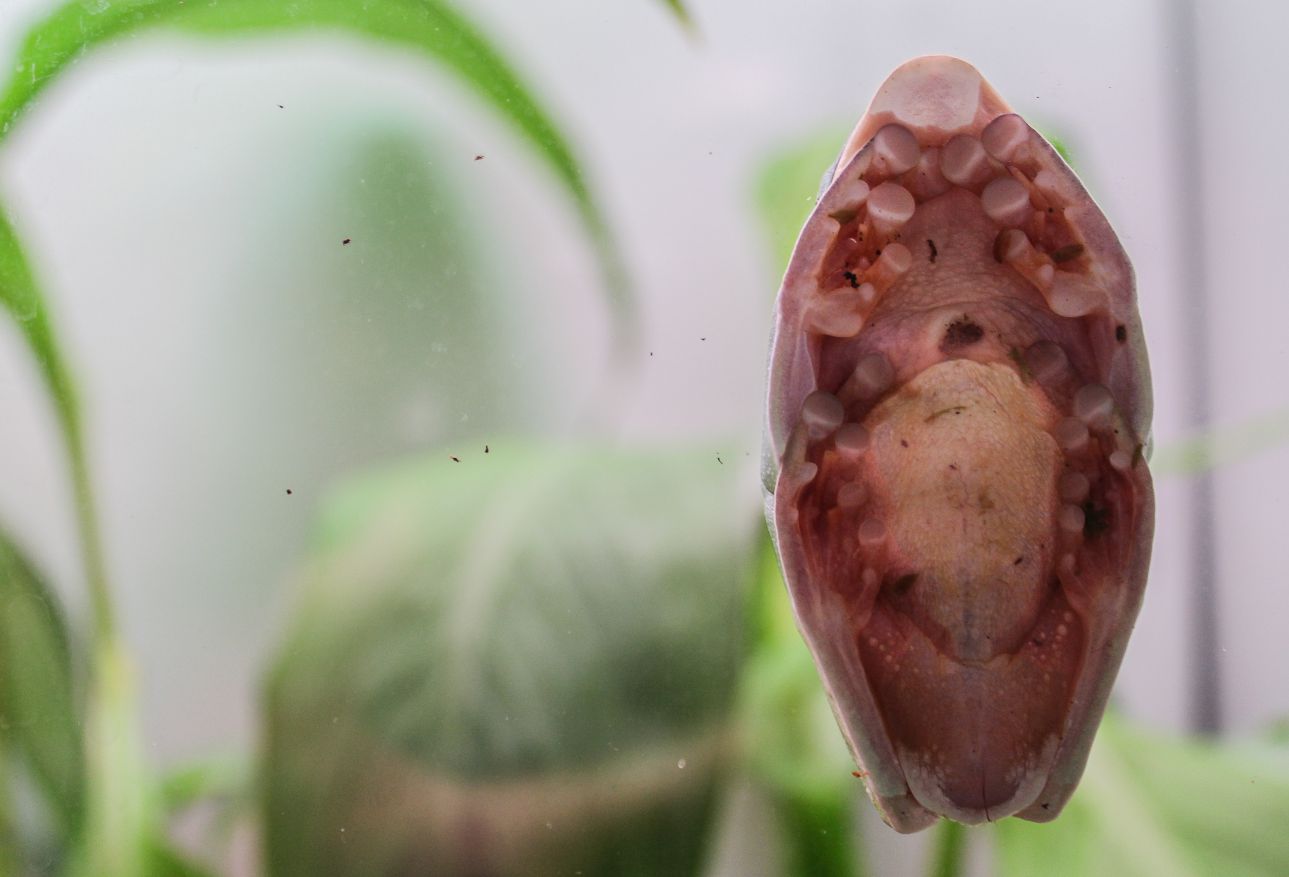


A red-eyed tree frog sleeps on the glass surface of the tank. Its limbs are tucked close to its body to prevent dehydration
Lou Del Bello
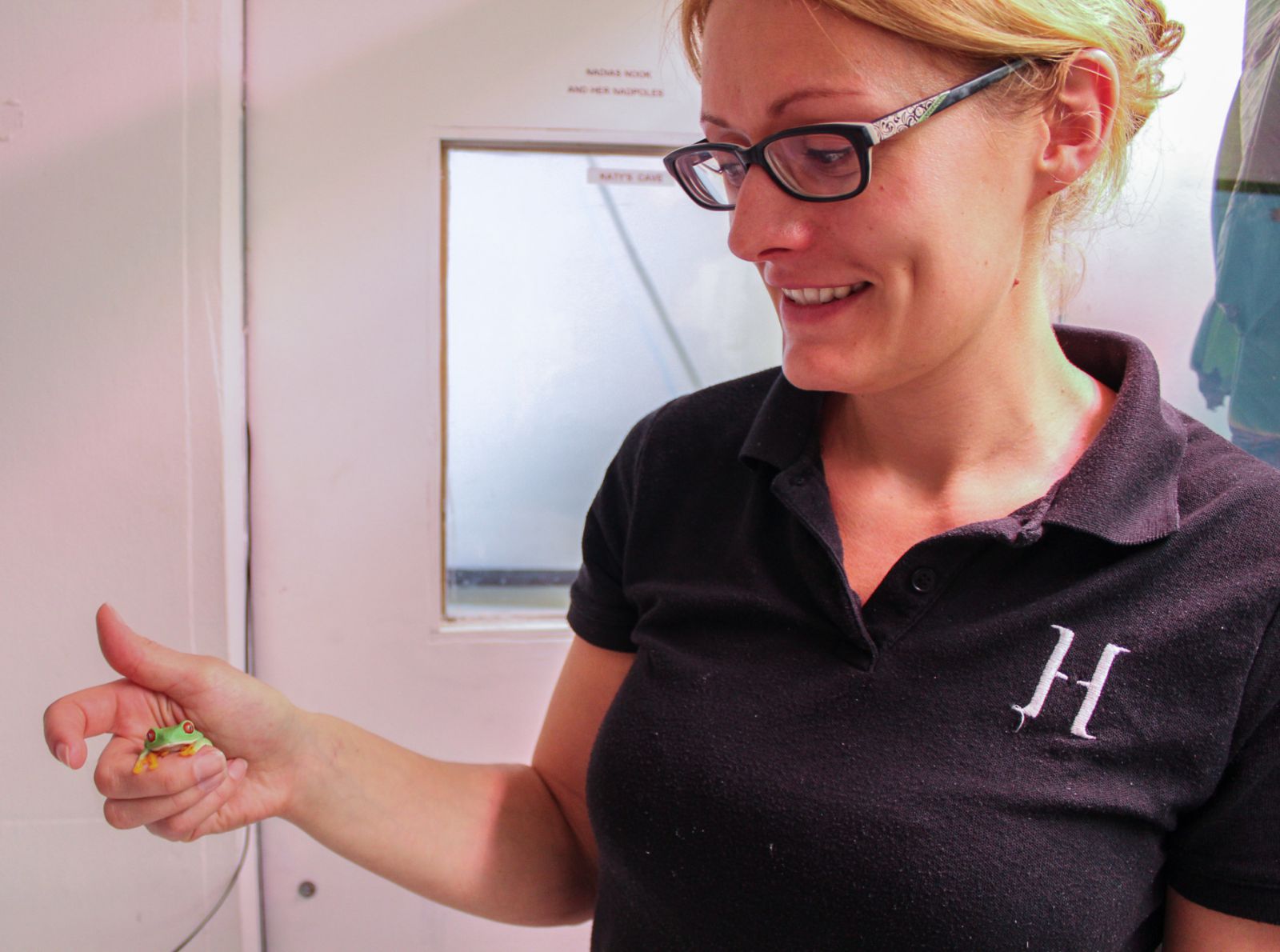


Michelle Davis, the deputy aquarium curator, holds a frog from the museum’s terrarium. Here, each tank reproduces a specific microclimate suited to a particular frog species
Lou Del Bello
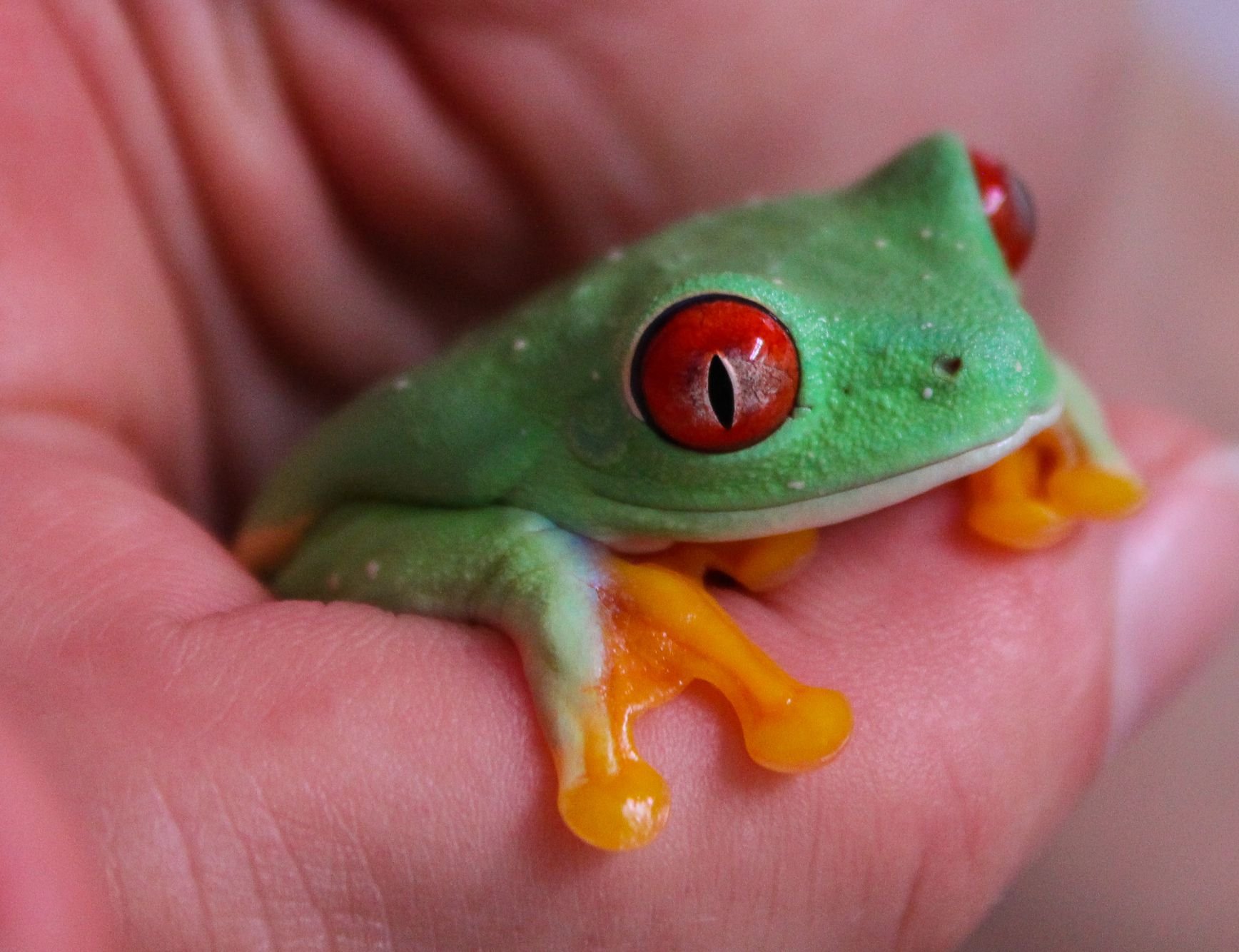


This frog seems comfortable in its keeper’s hands. Fully grown frogs are treated to crickets, while the researchers have developed and compared four different artificial diets to keep the tadpoles healthy
Lou Del Bello
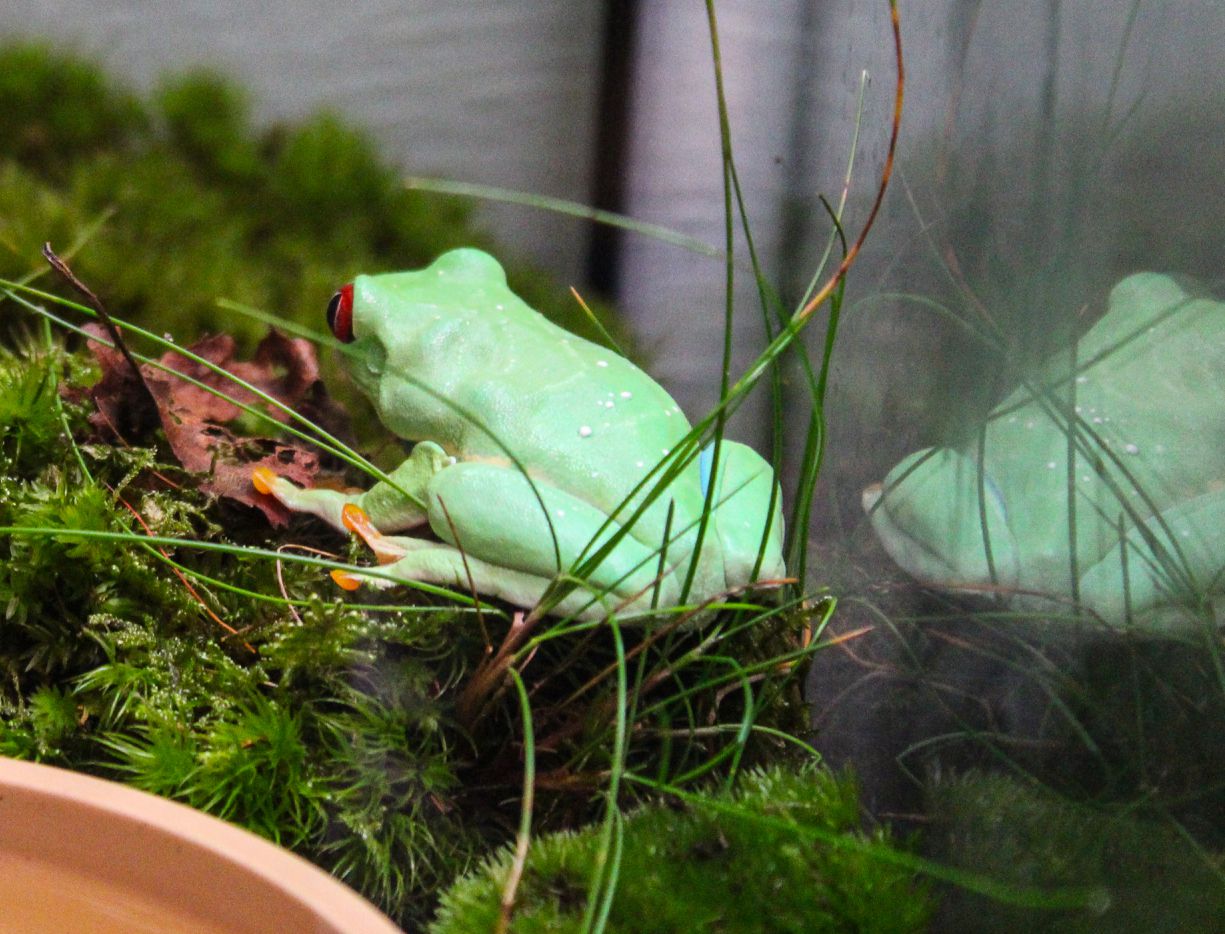


In the wild, adult frogs eat insects and sometimes tiny frogs. Froglets eat fruit flies and pinhead crickets. Back in its tank, this frog will soon get back to sleep
Lou Del Bello
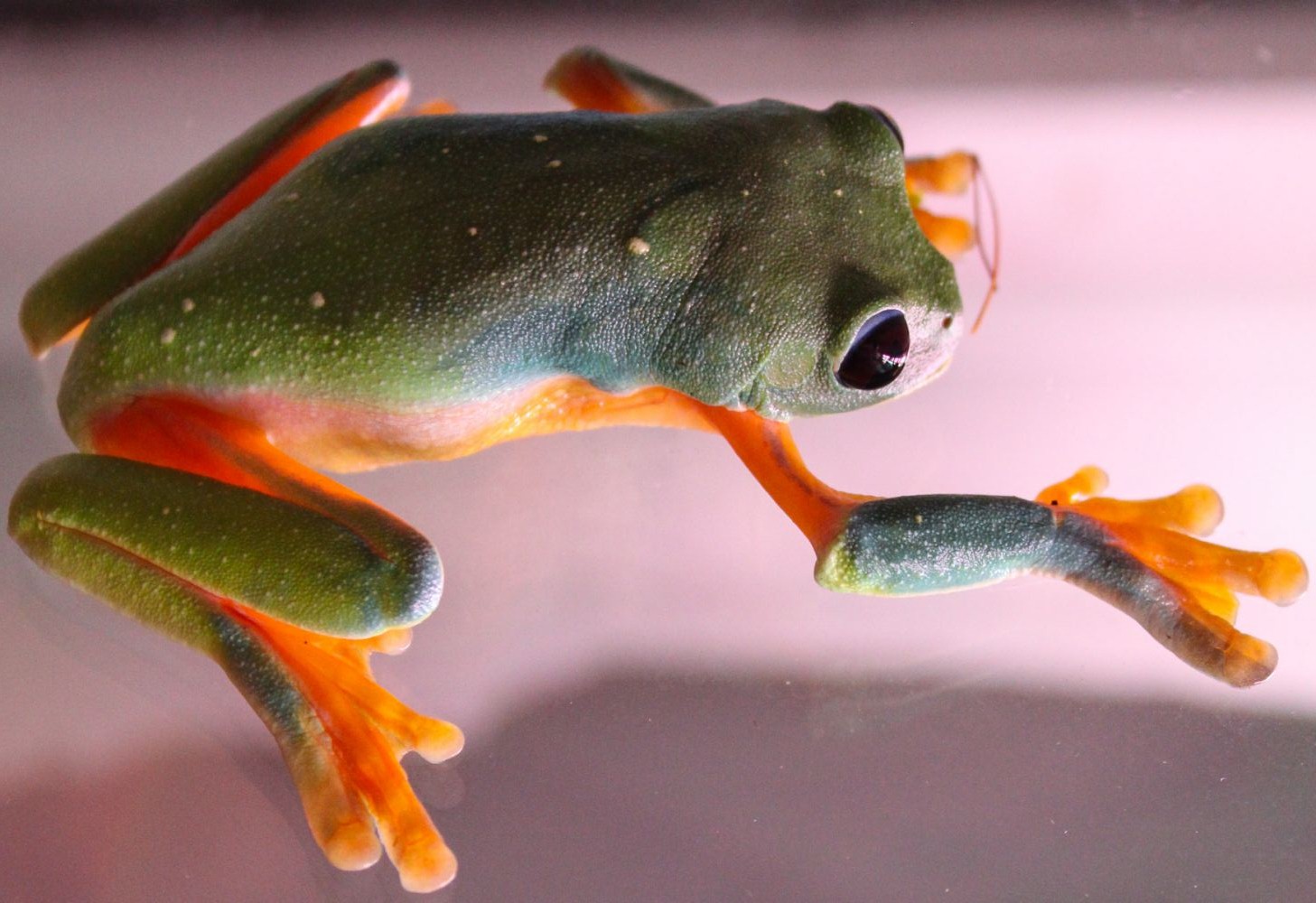


A black-eyed tree frog, classified as critically endangered. These frogs are found in Belize, El Salvador, Guatemala, Honduras and Mexico
Lou Del Bello
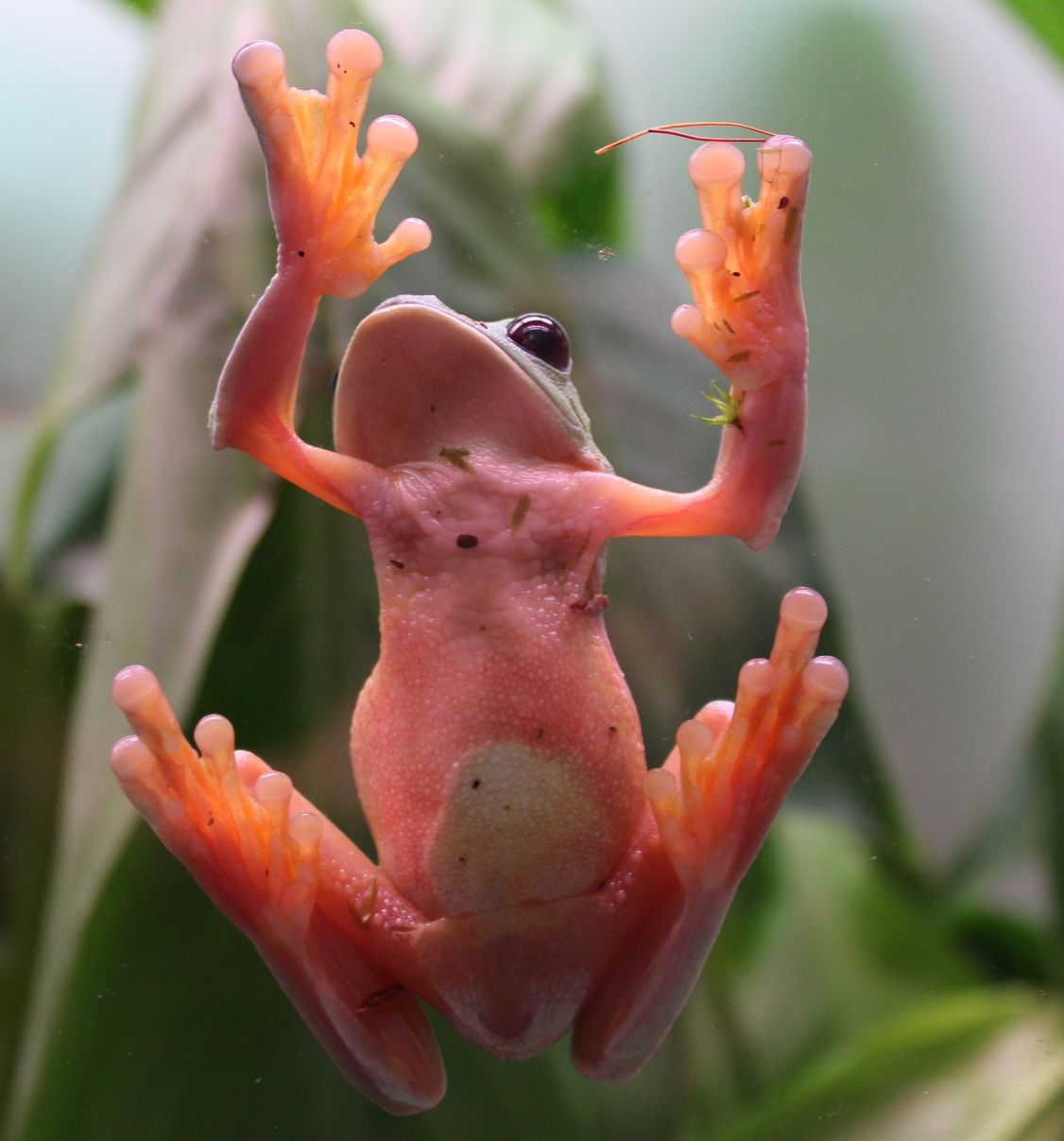


Researchers believe that studying frogs outside their natural habitat may help protect them from extinction. Improving scientific understanding of their breeding and ideal environment could inform conservation projects
Lou Del Bello
By: Lou Del Bello
Send to a friend
The details you provide on this page will not be used to send unsolicited email, and will not be sold to a 3rd party. See privacy policy.
Amphibians, such as frogs, are globally threatened. Over the past four decades, many tropical species have begun to disappear from intact natural habitats. In the 1980s alone, for example, 40 per cent of Costa Rica’s amphibians disappeared. Other Latin American countries are experiencing similar declines. Scientists still struggle to understand exactly why this is happening, referring to it as ‘enigmatic decline’.
Amphibians are crucial for ecosystems in Latin America, where almost half of all known amphibian species live. And as well as being part of the region’s food chains, they are important for its tourism industry and cultural identity. But, today, 63 per cent of amphibian species are in rapid decline.
Frogs in particular are an important indicator of ecosystem health as they are highly sensitive to pollution and prone to new diseases caused by habitat change. Researchers at the Horniman Museum in the United Kingdom study the reproduction of four species of Central American tropical frog: the gliding tree frog, the Lemur leaf frog, the black-eyed tree frog and the red-eyed tree frog. The frogs in this photo gallery belong to the last two species.
The researchers use various techniques to encourage frogs to breed. By studying the animals outside their natural environment, researchers can figure out the ideal conditions for their frogs to thrive. Knowing this could help protect them from extinction. And should these efforts fail, the frogs could be reintroduced from captive stocks once the causes of their loss have been identified and removed.













